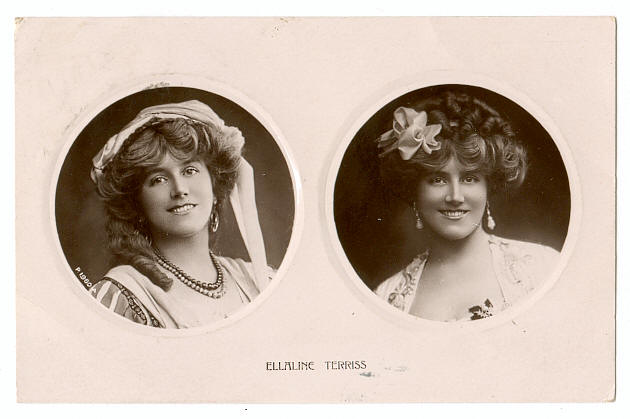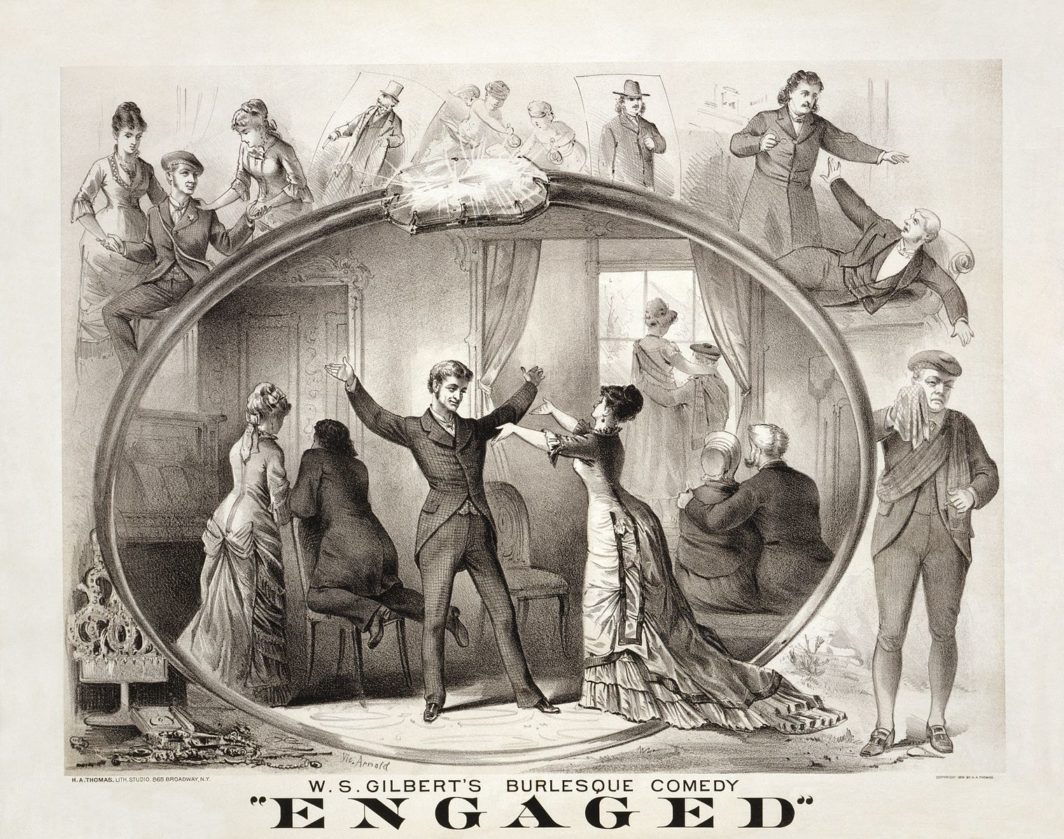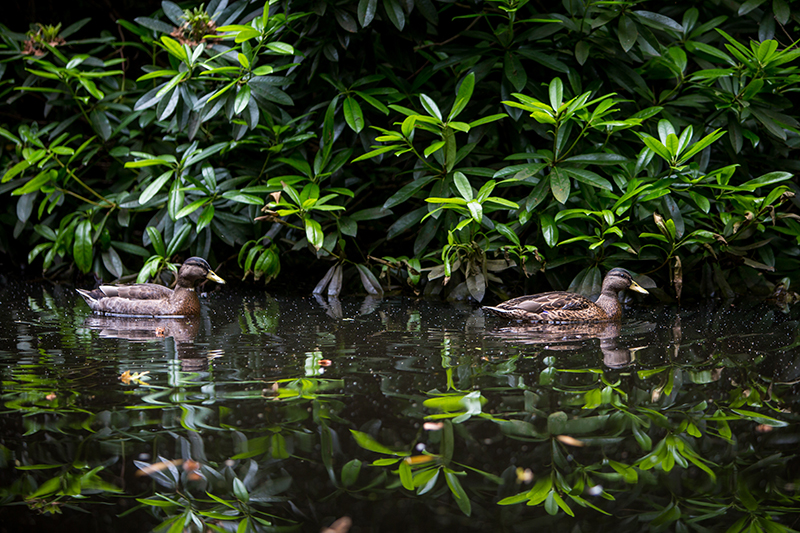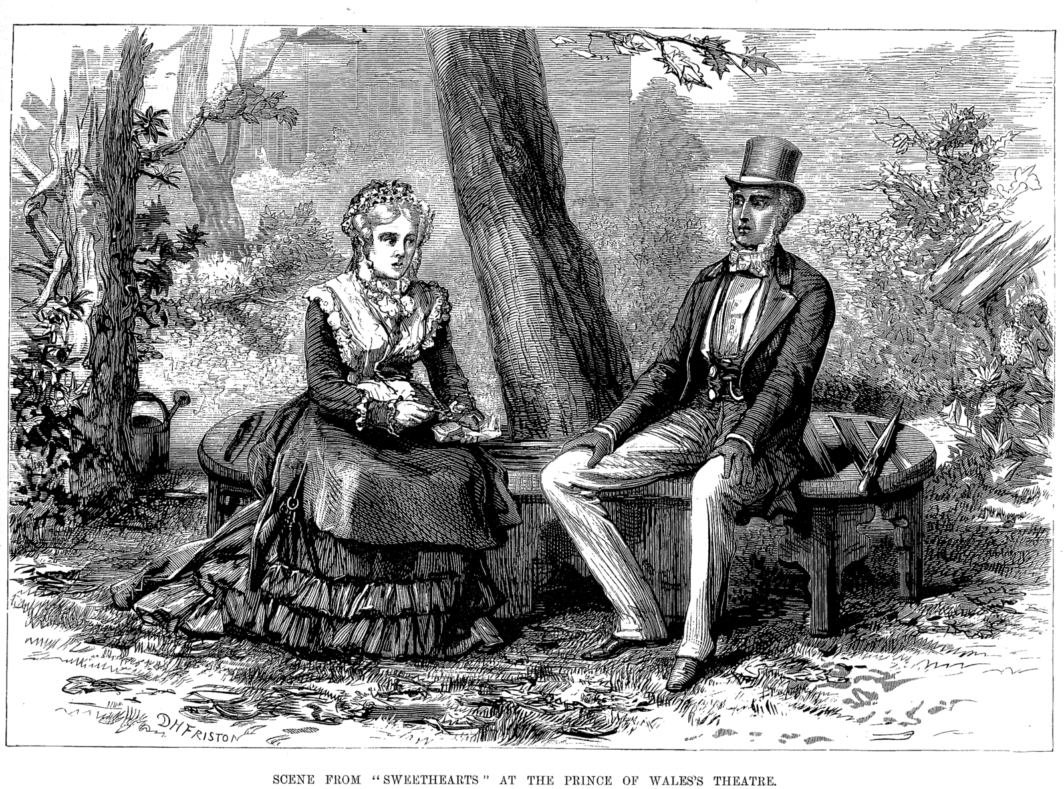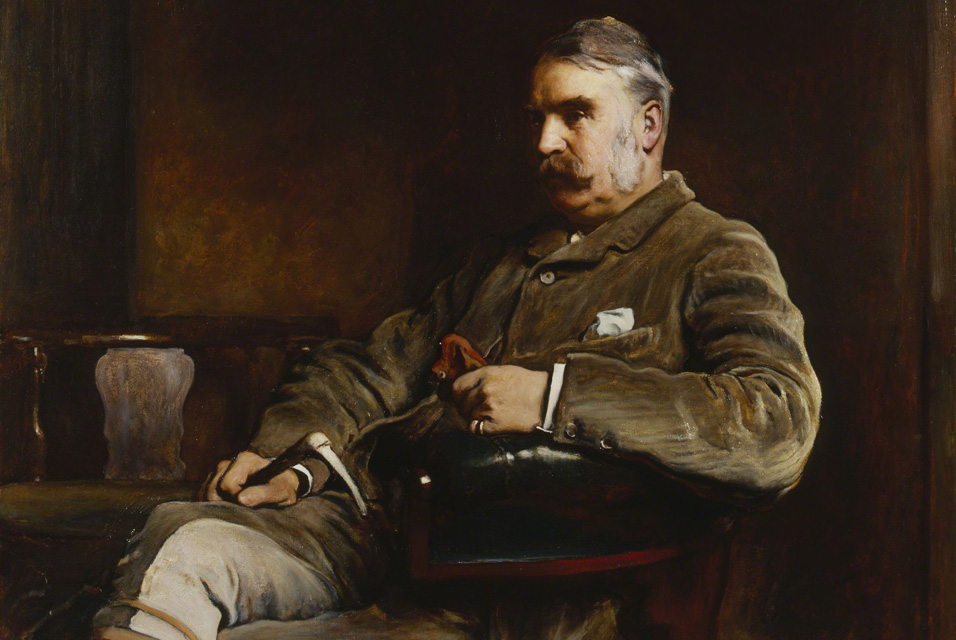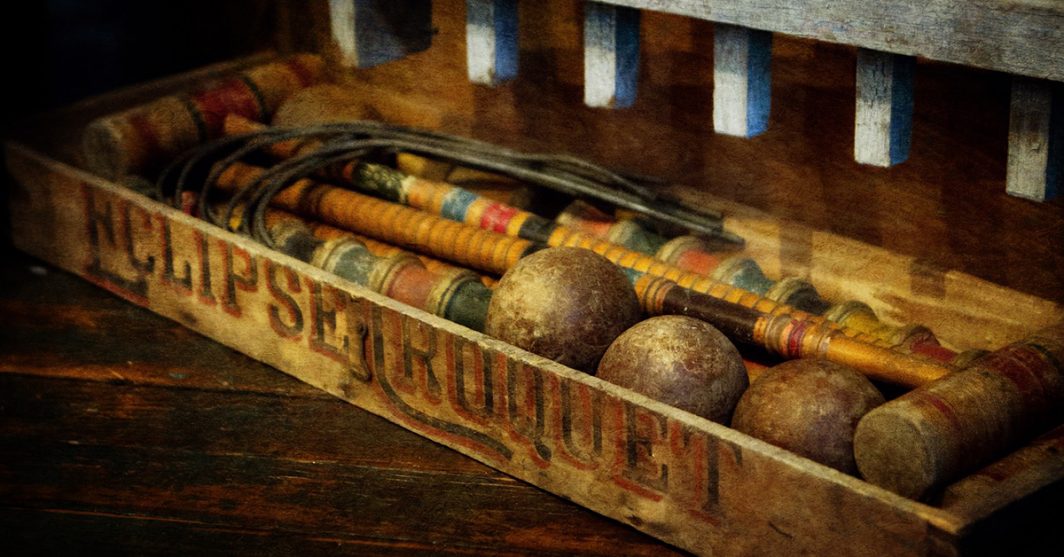Born Mary Ellaline Lewin, in Stanley, Falkland Islands, Terriss came from a family of performers. Best known for her performances in Edwardian Theatre comedies, she had a career that spanned 52 years. Her father, William Lewin, (known by his stage name William Terriss), was a well-known actor in London. Her mother, Isabel Lewis, acted too, under her stage name Amy … Read More
W.S. Gilbert’s stage management methods
As illustrated in The Strand interview1, W.S. Gilbert was a thorough stage manager, who planned everything in great detail. His need for detail involved having exact replicas of the stage, actors and scenes created, so he could plan, in depth, exactly who should be on stage at any given time. This is possibly why he was revered so much, as … Read More
The lake at Grim’s Dyke
The artificial ornamental lake at Grim’s Dyke must have been one of the biggest gardens and grounds projects undertaken by Sir William and Lady Gilbert. The original lake was way beyond the house and ornamental gardens, so, under Sir William’s direct supervision, it was extended, firstly in 1899, then again in 1905, until it reached a surface area of 1.5 … Read More
Memorial to W.S. Gilbert
If you cross the road from Victoria Embankment, on the retaining river wall, the northern side of Hungerford Bridge, you’ll find the memorial to Sir William Schwenck Gilbert. Showing a bronze side profile of the dramatist, it has two wreaths above, a shield below and two women depicting tragedy and comedy. Tragedy has a book on her lap and is … Read More
The Victorian art of Curio collecting
Curios, otherwise known as knick-knacks, trinkets and ornaments are one of those household things that you either love or hate – and it seems, that the Victorian had rather a passion for them! The Victorian love of Curios The Victorians loved to collect curios and display them around the house – many even had a curio cabinet, full of the … Read More
The importance of an observatory at Grim’s Dyke
W.S. Gilbert bought Grim’s Dyke in August 1890 and, by May 1910, he’d had an observatory built at Grim’s Dyke, complete with the latest telescope. Like many affluent Victorians of that time, he wanted to indulge in his latest passion for star gazing. However, the Victorian’s passion for astronomy also played an important part in the progression of this area … Read More
Frank Holl: English painter and Royal portraitist
W.S. Gilbert had a love of paintings. Not only did he have a collection that included the likes of Duncan, Giorgione, Tintoretto, Maes, Van der Kappelle, C. Van Everdingen and an early Tenniel, but he also liked to set up an easel in the Drawing Room and paint sunsets himself. One of the most impressive paintings in this room though, … Read More
Caesar van Everdingen – one of W.S. Gilbert’s favoured painters
Caesar van Everdingen (1617-1678), also known as Caesar Pietersz was a 17th Century Dutch painter. He was a Baroque artist, focusing primarily on portrait and history, and was also known to be one of the painters from the period known as the Dutch Golden Age. W.S. Gilbert the Art Collector W.S. Gilbert loved collecting curios and art – one of … Read More
Why the Victorians loved the game of croquet
It is thought that croquet was introduced in England in the early 1850’s, although its origins are still unclear. It was considered a most suitable pastime for the Victorian women and young girls, with its popularity quickly spreading overseas too. Why? Because it could be played alone or with others, it wasn’t too taxing for females, didn’t need strength and … Read More
The Victorian sunken garden
Sir William Gilbert added the sunken rose garden at Grim’s Dyke in the late 19th Century. Sunken rose gardens became very popular in the Victorian area, growing in popularity throughout the Edwardian period of the early 1900s. It could be that Sir William added in this delightful secluded area, as he knew how much Lady Gilbert loved gardening – and … Read More


